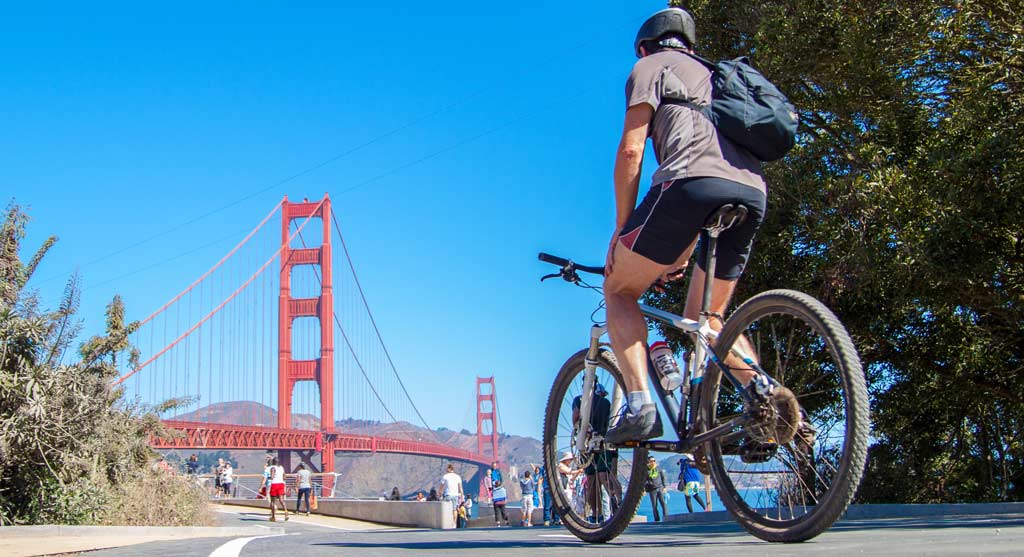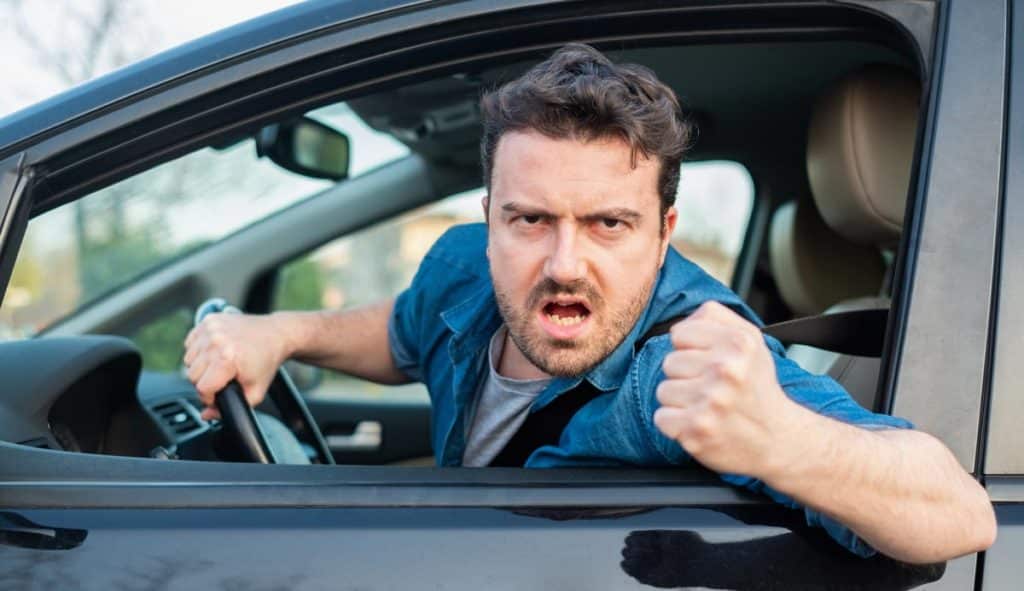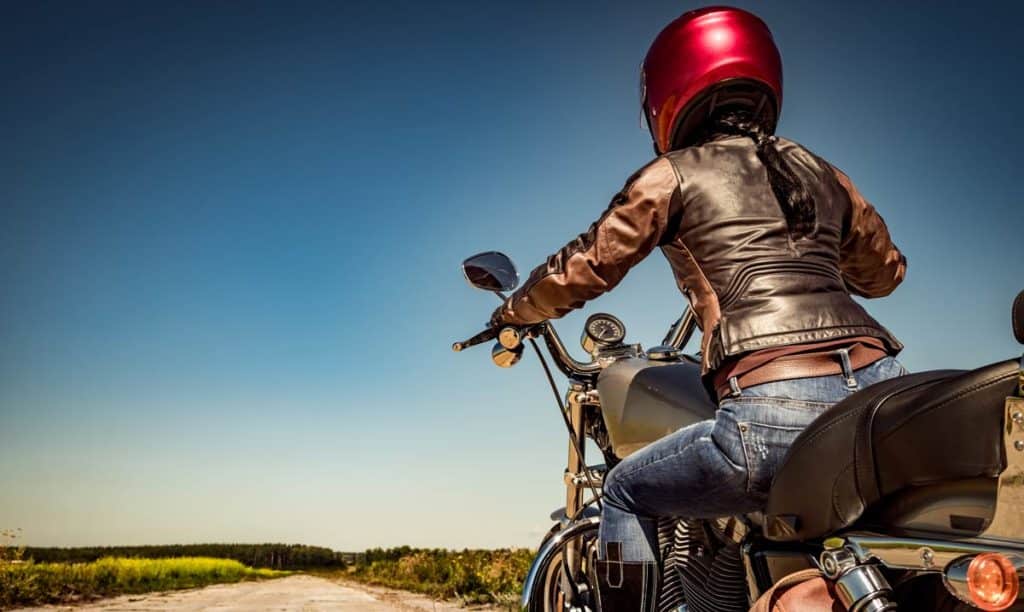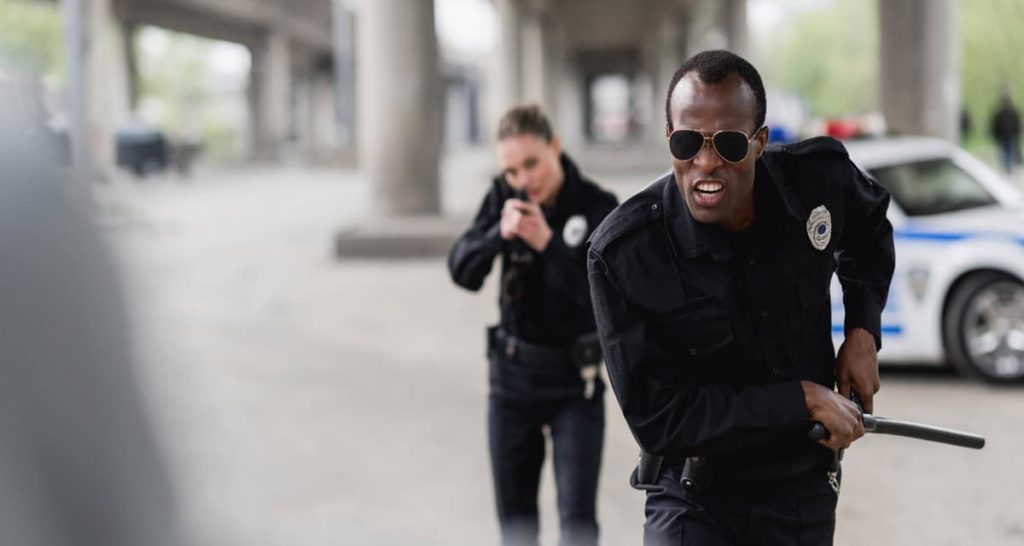The Bay Area is known for its beautiful scenery. It’s also known for its horrible traffic. When you combine those factors, it’s understandable that more and more residents are turning to bikes as their preferred method of transportation.
As scenic and efficient as traveling by bike is, there are some significant risks involved. Bikers aren’t surrounded by steel and rubber like most commuters. Furthermore, many of the most beautiful stretches of road in the Bay Area are also popular with tourists. Some are even major traffic arteries. When cyclists use these roads, they are in danger of getting hit by a car, driven off the road, or any number of other accidents.
In fact, bike accidents are one of the leading causes of injuries in the Bay Area. Marin County in particular is one of the most dangerous places to bike in all of California. Understanding how to be safe while biking is the first step to avoiding accidents on your rides. The second step is knowing which rides are most likely to be dangerous. Informed biking is safer biking, after all!
The Muir Loop, Mt. Tamalpais, San Rafael and the Panoramic Highway are three of the most dangerous areas for cyclists in Marin County.
Where Do Accidents Happen?
Some of the most beautiful roads in San Francisco are also the most dangerous. That’s because they’re the busiest. If you’d enjoy a bike ride there, other people likely want to walk or drive through the area as well.
The Muir Loop is well known as one of the most beautiful biking routes in the Bay Area. It’s connected to the Golden Gate National Recreation Area, and it has a great view of the Golden Gate Bridge itself, along with coastline and the city skyline. However, the Panoramic Highway, a primary road in the area, has 140% more accidents in general than the state of California as a whole.
Similarly, San Rafael and its bridge have some gorgeous roads that are tempting to cyclists. It is one of the most dangerous places for cyclists. This also goes for anyone trying to enter or leave the Mt. Tamalpais State Park, a mecca for mountain bikers. In general, bridges and roads into parks are the most dangerous place to bike in all of California.
Why Do Bike Accidents Happen?
Most accidents happen because a driver was inattentive. Whether they were on their phone, intoxicated, or simply sleepy, the majority of bicycle accidents are caused by vehicle drivers who were not paying attention.
Phones are becoming more common causes of driver inattention. Sending a text is almost as dangerous as drunk driving, according to one study. In crowded places like tourist spots or busy commuter roads, the few seconds it takes for a driver to fire off a quick text can permanently change or end a cyclist’s life.
Some accidents are caused by cyclists themselves, of course. Paying attention to the road, keeping an eye on your surroundings, and remaining focused will help keep you safe while exploring all the beautiful scenery San Francisco has to offer.
How to Avoid Bike Accidents
Staying safe while biking takes more effort than driving safely. Most people don’t pay enough attention to the road when driving. As a cyclist, it’s rarely your fault when you get hit. However, you can still minimize your chances of an accident by taking some precautions.
Bike During Daylight Hours
More than half of all bike accidents happen between 3 pm and midnight. Biking while it’s dark out, especially in the winter, significantly increases your chances of being in a bike accident. Avoid biking after sunset, and you avoid dealing with tired, distracted drivers. You also keep yourself more visible, which can save your life.
Wear Safety Clothing
Speaking of visibility, always wear high-visibility clothes while biking. Neon and reflective strips can be added to your bike and your helmet. Your clothes should be bright colors, so that drivers notice you. If you do have to bike after dark for your commute, consider getting a reflective vest.
Furthermore, safety gear is paramount when you’re sharing the road with vehicles. If you do get in an accident, a good helmet and protective clothing can help keep you intact. In particular, make sure your helmet fits you correctly and your clothes cover your limbs. These two precautions will help you survive and recover from accidents more quickly.
Never reuse a helmet after getting in an accident. If your helmet took an impact, then it is no longer structurally sound. Even if it still looks fine, the foam inside is not designed for repeated impacts. A second accident with the same helmet can result in significantly worse injuries.
Always Bike Sober
You can’t control other road users, but you can control yourself. Just because you’re less likely to hurt someone else is no excuse to bike while intoxicated. Biking drunk makes you much more erratic, and can lead to swerving in front of drivers. More than 20% of all bike accident fatalities in 2018 involved cyclists with a BAC of more than .08. Staying sober will help keep you on the straight and narrow bike path, and out of traffic.
Avoid Distracted Biking
Headphones, earbuds, and hands-free phone devices are all much more common today than they have ever been. They are tempting to many cyclists, because they allow for multitasking. There’s an undeniable appeal to listening to music while biking along the Pacific Ocean, to be sure.
However, cyclists need their ears available. You use your sense of hearing to detect when someone is driving up behind you – if you can’t hear a car coming, you’re less likely to avoid it. Avoid using distracting devices while biking, and you’ll stay out of more accidents.
The Bay Area and Marin County are gorgeous places to explore on two wheels. The trick is staying safe while you do so. In crowded areas, there are more things that can go wrong, and more accidents can happen. Stay safe, take precautions, and you’ll be better prepped to avoid an accident on your next bike ride along the scenic Pacific Ocean.





